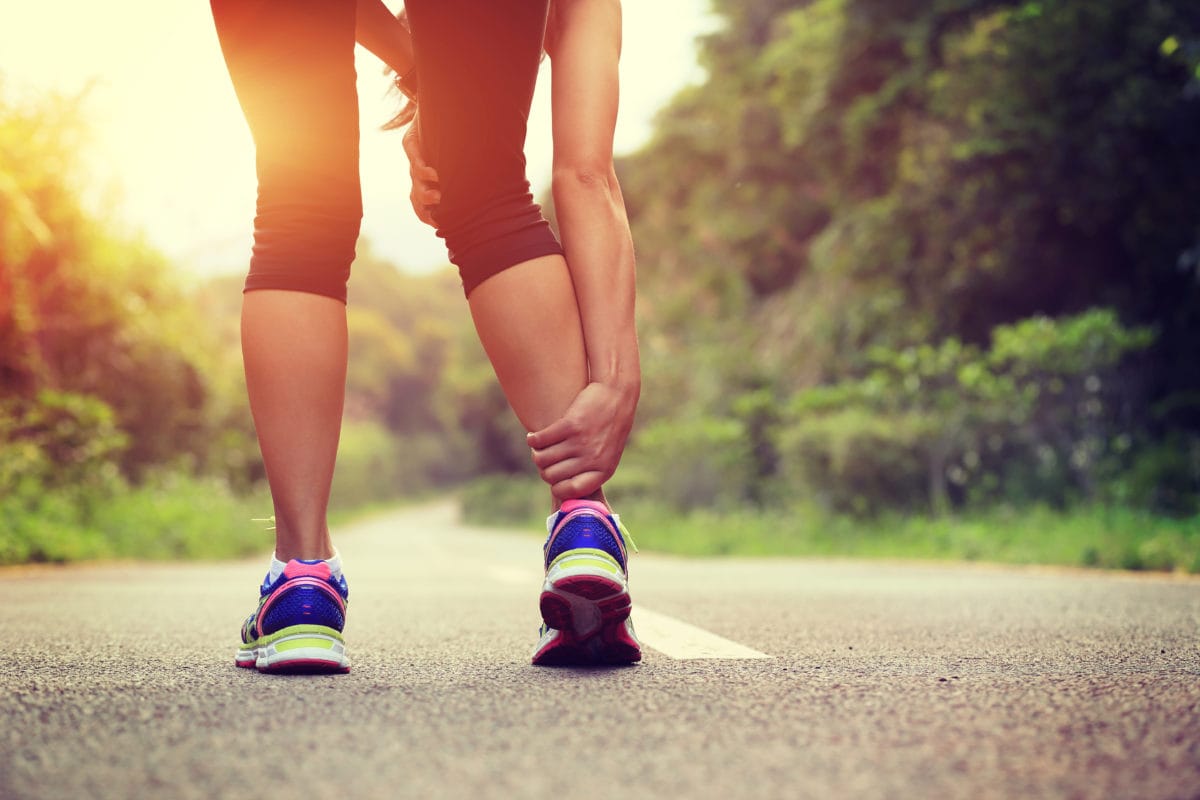Principles to Guide Care of Non-Traumatic Pain in Sport
This article was published on: 03/2/22 6:34 AM
Last updated on March 8th, 2022 at 06:31 am
Non-traumatic injuries in sports continue to be an issue for management with persisting misunderstanding of the nature of pain and a continued belief by some that pain means there must be an injury at the site of the pain. Injuries can be both, which can become part of life or something that can be treated and exhaled quickly with some effort and rehabilitation techniques. Musculoskeletal pain in athletes is common but not always associated with injury. Damage occurs when load exceeds tissue tolerance, such as a ligament tear or a fracture. However, pain in athletes that occurs in the absence of trauma and tissue damage is still often labelled as an injury by clinicians, coaches, and athletes themselves. This applies particularly in the area of acute non-traumatic pain such as back and joint pain.
Here are the principles of Non-Traumatic Pain in Sports:
- Sports injuries convey that pain is caused by tissue damage, resulting in over protection. While pain related to repetitive loading may be associated with a stress fracture, pain that presents with no identifiable pathoanatomical basis should not be labelled or treated as tissue damage.
- Many imaging findings are present in athletes who have no pain, do not refer for imaging unless it will directly influence care, or when there is suspicion of serious or specific pathology.
- Musculoskeletal pain is modulated by the interplay of different biopsychosocial factors, such as training load, conditioning, and levels of fatigue, as well as sleep quality, mental health, and abdominal obesity. This enables clinicians to explore how different biopsychosocial factors interact to influence the athlete’s pain experience.
- Always convey positive messages about pain during treatment. This validates the athlete’s pain experience while reducing the perception of threat. Pain during examination and treatment should be framed as tissue sensitivity rather than tissue damage.
- Improve mental and physical resilience by assisting individualsin sleeping better, being more resilient to stress and maintaining a healthy body weight.
- Passive treatments provide short-term pain relief, in isolation, they may undermine the athlete’s self-efficacy and create dependency.
- It is essential to build self-efficacy with the injured person to have a shared decision making.
- Adopt a consistent narrative about non traumatic pain among medical and coaching staff to ensure that the athlete receives consistent health messages about treatment and sports participation.
